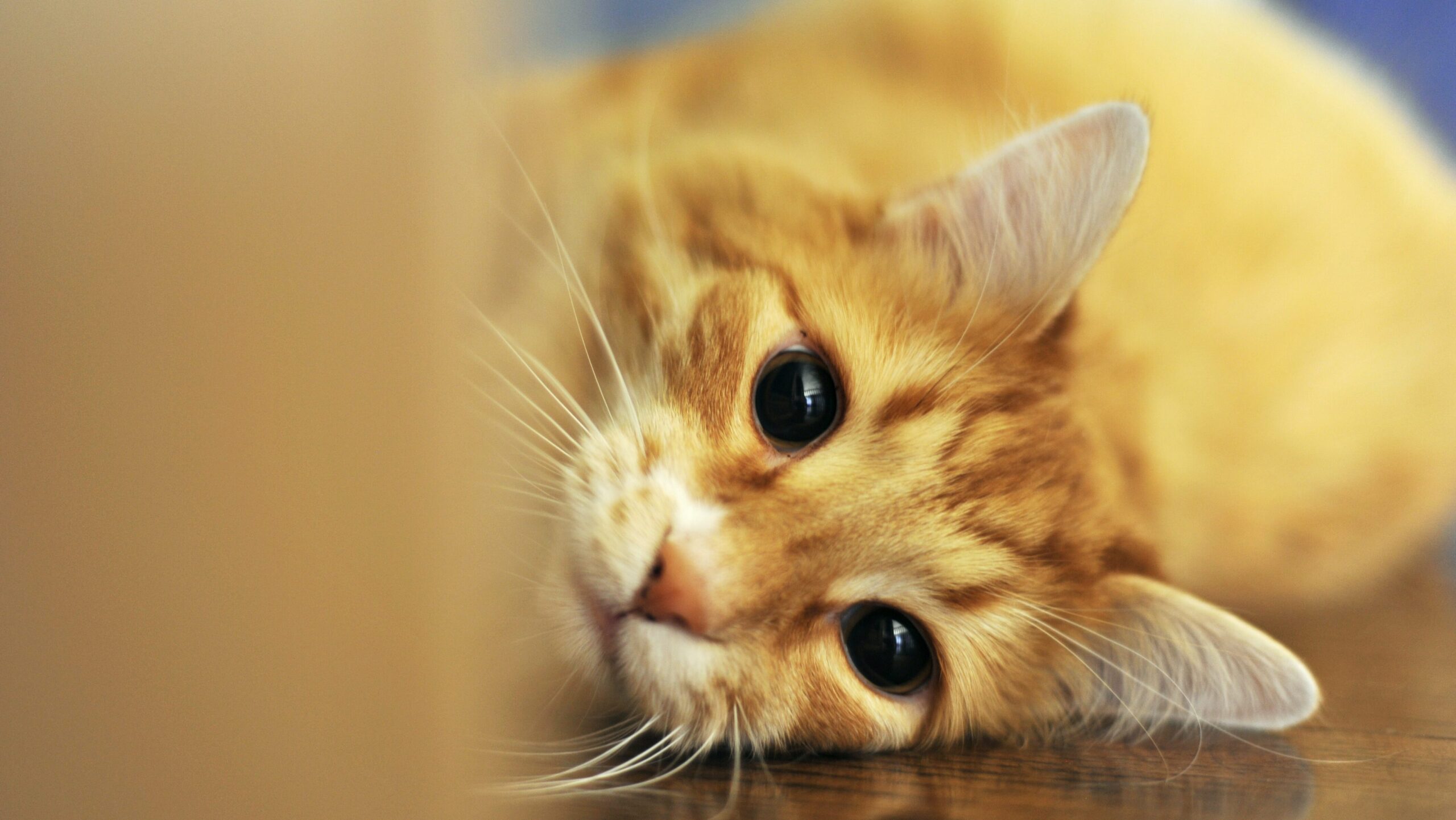Cats make great companions. They are small, playful, and usually do not need high maintenance. Although curious, they are generally very sensible and do not go around putting random objects in their mouths. They have the wisdom to stay away from things that might hurt them.
However, when it comes to shiny objects, they are generally drawn to them. This includes small things like needles. Most of the time, they do not get into any trouble with these objects. However, there are situations when getting too curious about things, especially small things which can be ingested, can be dangerous.
Do Cats Eat Needles?
Yes, they might. Cats are naturally interested in needles. This is because they are metallic, thin, and shiny. They tend to play with them and sometimes chew them. While nibbling on needles, some cats may end up eating them. Usually, they eat needles while playing with yarn.
What Happens If My Cat Eats A Needle?
Do you think your cat has swallowed a needle? Unfortunately, needles can cause damage to your cat. It is the right size to get stuck in their gut. There are many examples of cats who have eaten needles and passed them without any damage.
However, they have been very lucky. A lot can go wrong if a cat eats a needle. What happens depends on where the needle gets stuck.
If it gets stuck in the esophagus, which is the food pipe, it can cause difficulty swallowing. This difficulty can be with both food and water. Also, it can cause injury. The food pipe does not heal well.
The needle can also perforate the walls of the food canal. This can cause enzymes and catalysts in the intestines or stomach to leak out. In turn, it can cause fatal diseases.
On the other hand, if the needle gets stuck in the stomach, your cat will not show any signs in the beginning. The trouble will begin after a while. Your cat will experience pain – they will not want to eat. Also, they would not want you to pick them up. Moreover, they would also experience trouble lying down.
That said, here are some symptoms you should look for if you think your cat has eaten a needle:
- Vomiting
- Biting or hissing when you pick them up
- Not eating as much
- Pain
- Constipation or diarrhea
- Not as playful or energetic as before
- Fever
How Long Does It Take A Cat To Pass A Needle?
It can take between 10 – 24 hours for an object to move through your cat’s intestine. However, a needle can also take much longer. It can stay inside for months. Even worse, it can get stuck. In this situation, it is best to take your cat to a vet.
Why Does My Cat Want To Eat Pine Needles?
Some cats like the smell of pine and therefore, they are willing to chew on it. Also, cats are naturally curious and do not mind putting things in their mouths. If you have ornaments on your pine needles, your cat may be attracted to them. Also, pine needles look like toys to cats.
They like playing with them. And, in the process of playing, they end up eating them. Pine is not toxic to cats. However, eating needles can cause problems.
So, if you can’t get your cat away from pine needles, you should try wrapping them in foil. Also, you can try adding some citrus scents. This is because cats do not like these scents and will go away from them.

What To Do If My Cat Has Eaten A Needle?
If your cat is showing symptoms of swallowing a needle, it is best to take them to a vet. However, if your cat is not showing any discomfort or other symptoms, you should keep an eye on them.
You can wait a day or two to see if your cat is passing the needle. If they do not pass the needle and still do not show any symptoms, you might think of waiting some more. You might even think that no harm has been done.
However, some symptoms can show up after months while others are not so easy to spot. So, it is a good idea to still take them to a vet. The doctor will do an X-ray. This will help them see if your cat has a needle stuck inside them.
This is better than waiting around for symptoms to show. It will not only save your cat from a lot of discomfort but also make it easy to remove the needle. Thus, it might save your feline friend’s life.
Moreover, you should not try removing any object from your cat’s body. You should take them to a vet instead. You do not have the training to do the job. Hence, you can end up causing more damage.
Not sure if cat swallowed needle: What should you do?
If I ever found myself in a situation where I suspected that my cat may have swallowed a needle, I would be very worried and concerned for their health.
In such a scenario, my first course of action would be to seek immediate veterinary attention. You should do the same too.
I know that the veterinarian would most likely perform an x-ray to check if the needle is present in the cat’s stomach or intestines. If the needle is still in the stomach, the vet may use an endoscope to remove it, which is a less invasive procedure than surgery.
However, if the needle has already passed into the intestines, surgery may be the only option.
I would not try to induce vomiting in my cat, as this could cause further harm to their digestive tract. Instead, I would seek the advice and assistance of a veterinarian who has the necessary expertise and equipment to safely and effectively remove the needle.
What Will The Vet Do?
If you suspect that your cat has eaten a needle, the first thing your vet will do is an X-ray. This will be done to check if there really is a needle in your cat’s food canal or not. Also, it will help your vet see where the needle is.
The treatment will depend on where the needle is stuck, how long it has been stuck there, what the symptoms of your cat are etc. Usually, doctors recommend an endoscopy to remove the needle before it can cause severe damage.
Endoscopy involves inserting a tube into your cat’s mouth. The tube carries a camera that allows the doctor to see inside the cat’s gut. The vet will carefully move the tube, without causing much discomfort and get to the location of the needle.
Next, they will try to remove the needle. They have tools fitted on the endoscope to help them do so. Once they have removed the needle, your cat will no longer be at risk of harm.
Endoscopy is a low-risk procedure. In fact, it causes fewer risks than surgery. Also, your cat should be back to normal the next day.
Recovery
Your cat would generally make a full recovery after the vet removes the needle. However, it depends on several factors. They include where the needle was and for how long it was there. It also depends on how big or sharp the needle was.
Moreover, it would vary with whether or not the needle was exposed to substances toxic to cats before your cat ingested it. Also, if your cat is generally in good shape health-wise, you can expect a good recovery.
Prevention
Cats cannot learn from their mistakes as much as humans can. This is because their brains are not as well-developed. Also, when it comes to swallowing objects, they may not always associate the consequence with the cause. This is because consequences usually come long after the cat has eaten an object they should not have.
Thus, you should not expect your cat to stop playing or chewing on needles if they have had to go to the vet with the same issue before. You must ensure that you keep needles away from your cat. Also, when your cat plays with yarn, ensure that it does not have any needles in it.
In addition to this, you can also distract your cat when they start chewing on unwanted objects. Cats are highly sensitive to sounds. So, you can try clapping your hands or making some other noise to divert your cat’s attention.
Moreover, you can also provide them with something else to chew. For example, it can be catnip or a plant that is not toxic. In this way, you can prevent your cat from eating needles.
Conclusion
While needles may not always cause harm to your cat, it is always better to take them to a vet. However, the treatment may involve invasive procedures. Thus, prevention is the best solution. You can keep needles away from your cat and give them other, safe toys to keep them happy and healthy.
The article is reviewed by our editorial team based on our editorial policy and approved for the publication.
